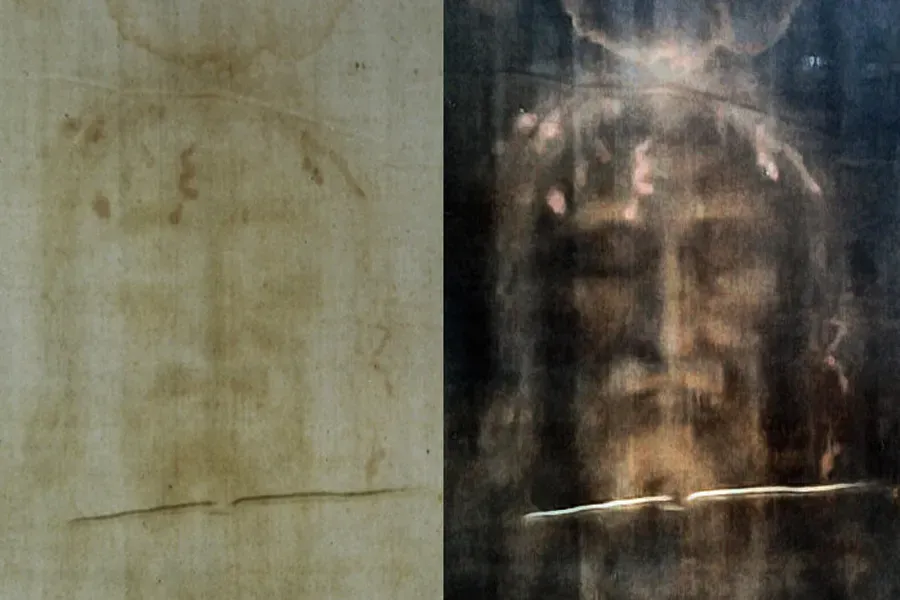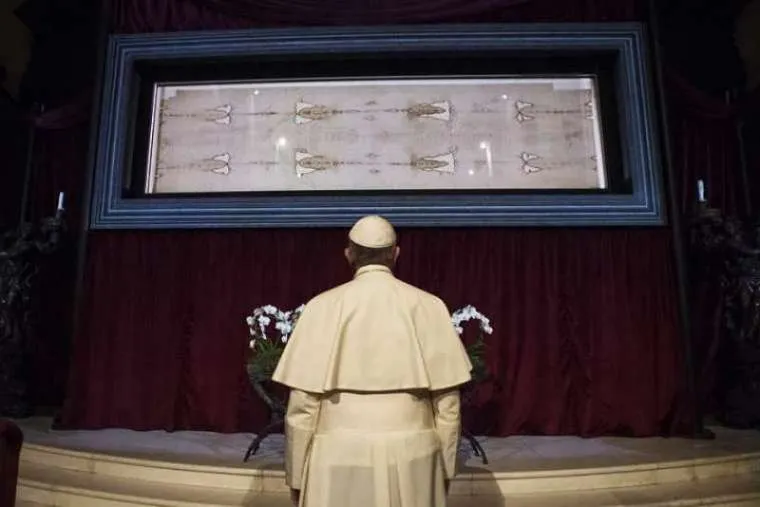Washington, D.C. Newsroom, 27 August, 2024 / 11:20 am (ACI Africa).
A new study from an Italian researcher that analyzes the blood on the Shroud of Turin argues that the stains are consistent with the torture and crucifixion of Jesus Christ as described in the Gospels.
Giulio Fanti — a professor of mechanical and thermal measurements at the University of Padua — claims that a macroscopic and microscopic analysis of the bloodstains accurately reflects “the physical conditions relating to Jesus Christ” that are “consistent with the description of Jesus Christ in the holy Bible and, in particular, within the four canonical Gospels.”
Fanti has authored more than 50 studies on the Shroud of Turin and has published books on the subject as well. The shroud, a burial cloth that many believe was used to wrap the body of Christ after his death on the cross, has been the subject of significant academic debate in the past few decades, with some defending its authenticity and others asserting that it is a medieval forgery.
The shroud is imprinted with the body and face of a man wearing a crown of thorns and is covered in bloodstains. It is held in the Chapel of the Holy Shroud in Turin, Italy, where many Catholics venerate it as a holy relic of Christ’s crucifixion. The Vatican does not have an official position on its authenticity.
According to Fanti’s study, the bloodstains on the side and the front of the shroud show blood flowing in three different directions: vertical with the body in an upright position, inclined at a 45-degree angle, and horizontal with the corpse resting on its side. Fonti asserts that “the single rivulets show a sudden change of their direction; it is probable that the blood flows streamed when the corpse was moved.”











